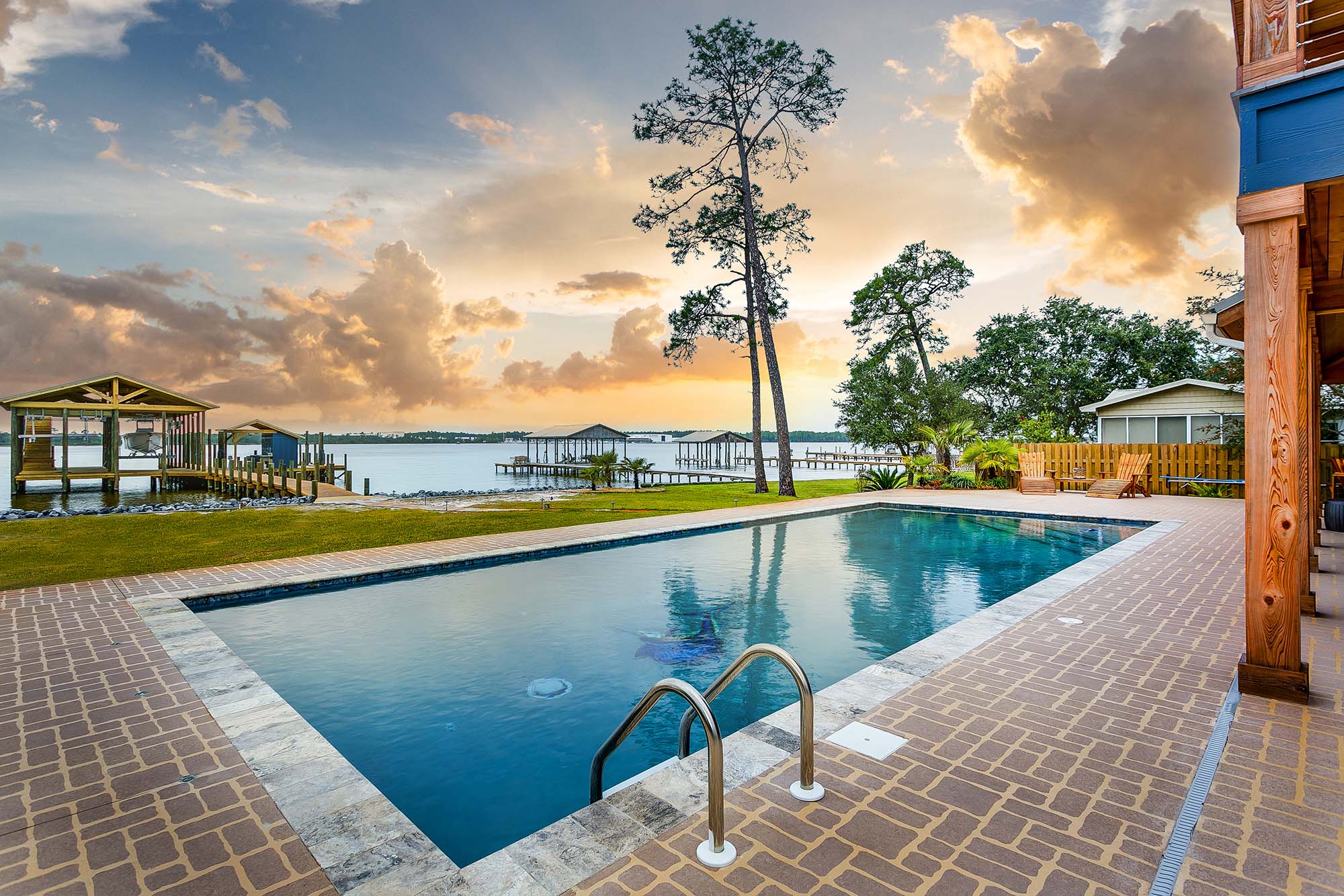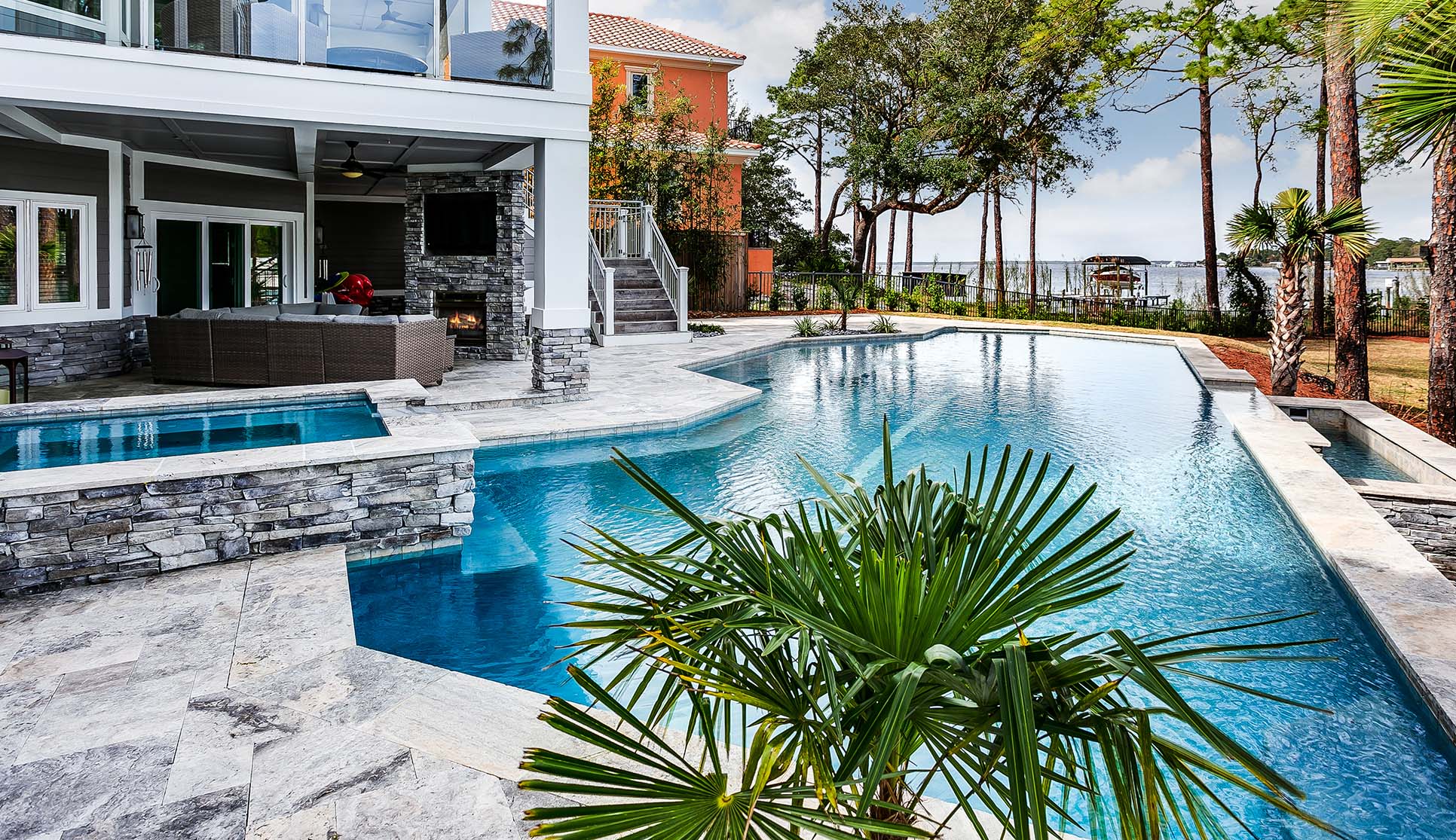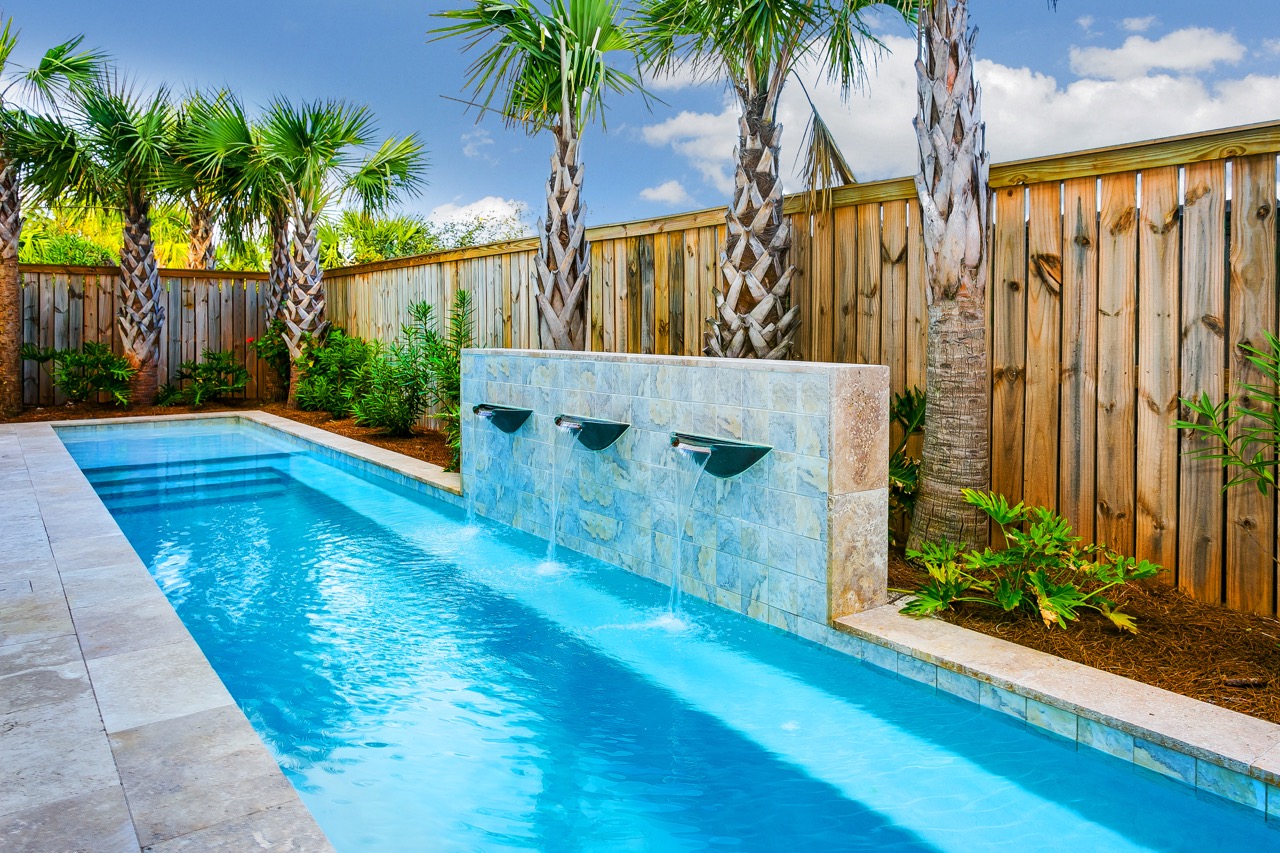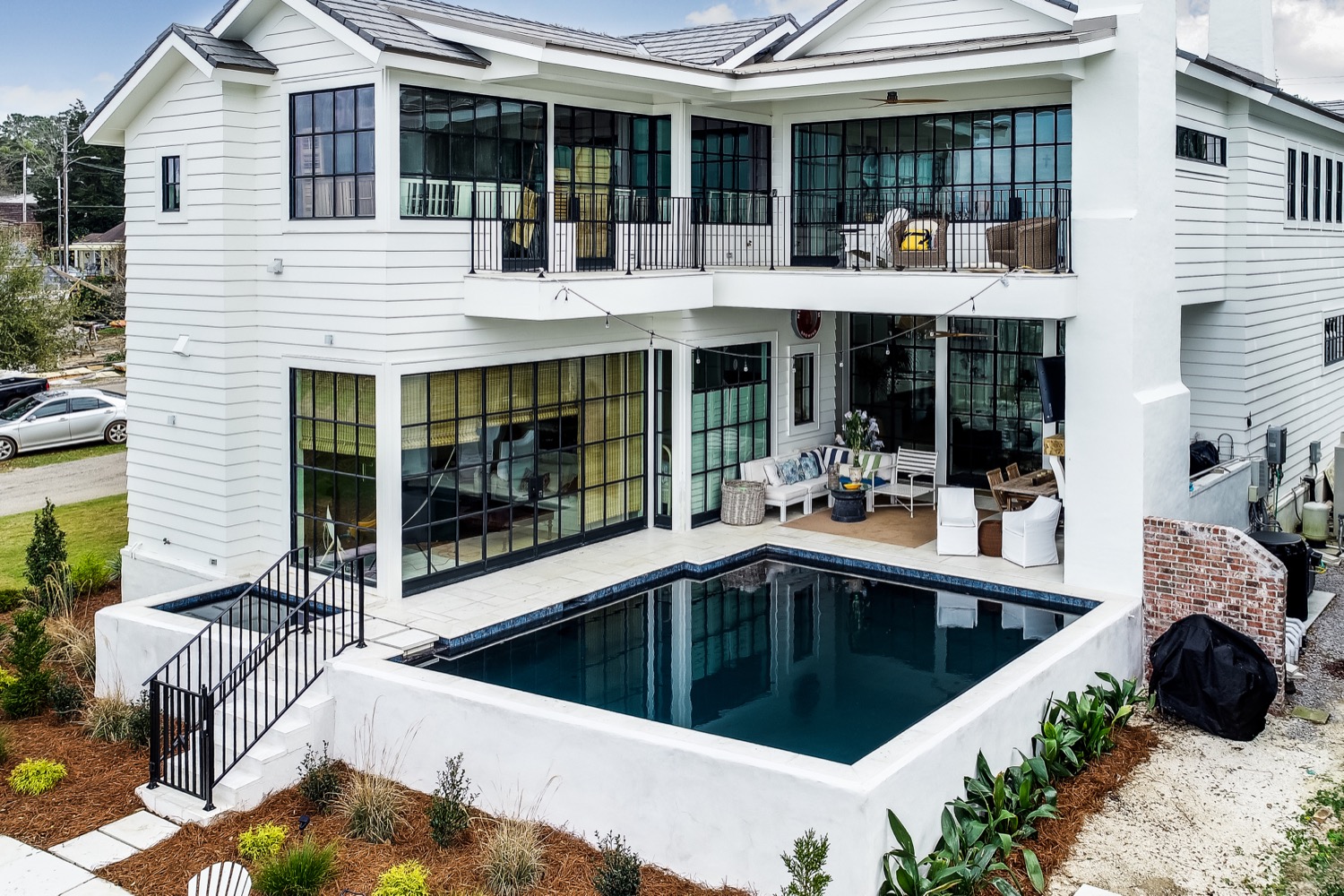Gunite Swimming Pools
At Southern Poolscapes, we specialize in creating custom gunite swimming pools that offer unparalleled design flexibility and enduring beauty. If you desire a pool that reflects your unique style and complements your outdoor space, a gunite pool is the perfect choice. Here are the key features and benefits of opting for a gunite swimming pool:
Benefits of Gunite Swimming Pools:
- Endless Design Possibilities: Gunite pools are constructed by spraying a mixture of cement, sand, and water, allowing for limitless design options, including freeform shapes, water features, and custom steps.
- Durability and Strength: Gunite is a strong and resilient material, providing your pool with exceptional longevity and resistance to various environmental factors.
- Customization: With gunite, your pool can be tailored to fit your specific preferences, ensuring that it complements the unique characteristics of your property.
- Luxurious Finishes: The smooth and luxurious finishes of gunite pools can be enhanced with various tiling options and pebble finishes, creating a stunning visual impact.
- Added Value to Your Home: Gunite pools are considered a valuable addition to your property, enhancing its overall curb appeal and increasing its market value.
- Ease of Maintenance: Gunite pools have a non-porous surface, making them easier to clean and maintain compared to other pool types.
- Incorporate Spa Features: With gunite, you can seamlessly integrate spa features, such as a relaxing hot tub or soothing spa jets, into your pool design.
- Personalization: Whether you desire a shallow area for lounging, a deep end for diving, or an elegant vanishing edge, a gunite pool can be personalized to match your lifestyle.
- Strong and Stable Construction: Gunite pools are built to withstand the test of time, ensuring you enjoy many years of worry-free swimming and relaxation.
- Efficient in Any Climate: Whether you live in a hot and sunny environment or a colder region, gunite pools can be designed to suit your climate needs.
Why Choose Southern Poolscapes for Your Gunite Pool:
At Southern Poolscapes, we take pride in our expertise in building exquisite gunite swimming pools that are tailor-made to exceed your expectations. Our skilled team of professionals will work closely with you to understand your vision and turn it into a reality. With attention to detail and commitment to excellence, we ensure that your gunite pool is not just a beautiful addition to your home but also a functional and inviting oasis for you and your loved ones.
Contact us today for a free consultation, and let us transform your outdoor space with a stunning gunite swimming pool that becomes the centerpiece of your home.
Get a FREE Pool Design Estimate
Alabama
Bayou La Batre, Bon Secour, Coden, Daphne, Dauphin Island, Eight Mile, Elberta, Fairhope, Foley, Grand Bay, Gulf Shores, Irvington, Lillian, Loxley, Mobile, Orange Beach, Robertsdale, Saraland, Seminole, Semmes, Silverhill, Stapleton, Summerdale, Theodore
Florida
Alford, Altha, Apalachicola, Bascom, Blountstown, Bonifay, Bristol, Campbellton, Cantonment, Carrabelle, Caryville, Chattahoochee, Chipley, Clarksville, Cottondale, Crawfordville, Crestview, Defuniak Springs, Destin, Eastpoint, Ebro, Eglin Afb, Fort Walton Beach, Fountain, Freeport, Graceville, Grand Ridge, Greenville, Greenwood, Gulf Breeze, Havana, Holt, Hosford, Hurlburt Field, Lamont, Lynn Haven, Madison, Malone, Marianna, Mary Esther, Midway, Milton, Miramar Beach, Molino, Monticello, Navarre, Niceville, Panacea, Panama City, Panama City Beach, Pensacola, Perry, Ponce De Leon, Port Saint Joe, Quincy, Saint Marks, Santa Rosa Beach, Shalimar, Sneads, Sopchoppy, Tallahassee, Valparaiso, Vernon, Westville, Wewahitchka, Youngstown





